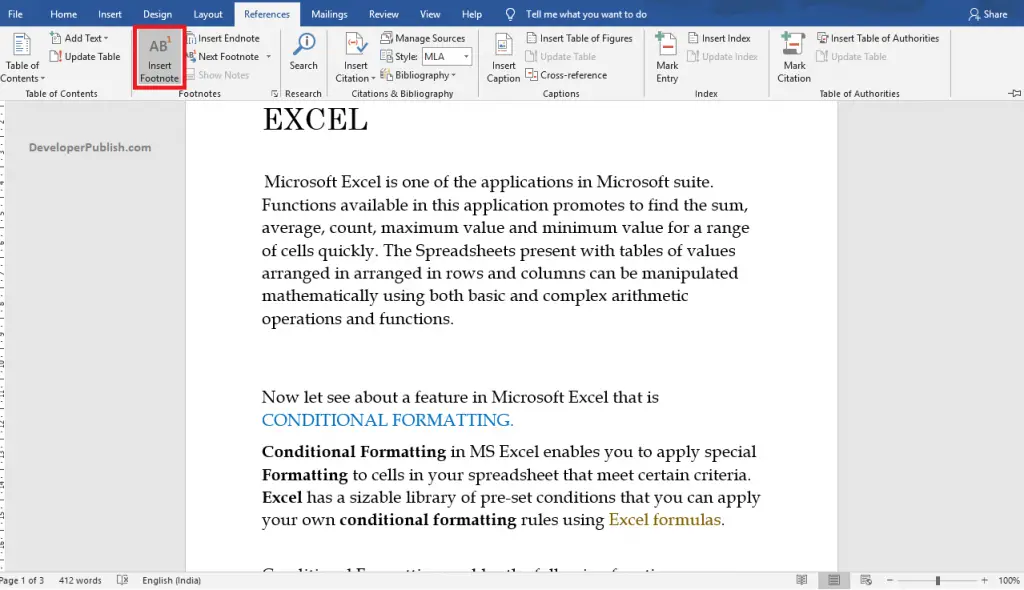

To choose one of your custom templates, click the Personal tab and then click the custom template you want to apply. Word displays two template categories: Featured and Personal. The best time to apply a custom template is when you create the document using the New option (on the File tab). If you manually save a single template to a different location (which I don’t recommend), that template won’t be easily available to you as other templates are.

In the Save documents section, change the Default personal templates location folder ( Figure B).įigure B You can change the default template folder.Ĭhanging the default folder keeps Word in the loop so that implementing templates continues to be a seamless process.If you must control where Word saves your custom template files, change Word’s default template folder setting as follows: Figure A Word stores templates in a special folder. You can save the template someplace else, but I don’t recommend doing so let Word handle things for you and you’ll experience few (if any) problems. When you choose Word Template (*.dotx) from the Save As Type dropdown, Word automatically stores the template in a designated folder ( Figure A). It’s not a secret, but Word does attempt to corral templates to create a more seamless experience for you. Users often worry about where Word saves template files.
:max_bytes(150000):strip_icc()/007-inserting-footnotes-in-word-document-3540270-56d9b3f80ce94a25ae62877b31504cbf.jpg)
Many users customize Normal.dotx and never suffer for it, so it’s a rule you can break if you work alone and understand the potential for errors.
#HOW TO ADD FOOTNOTE IN WORD ACADEMY HOW TO#
How to create a fun Fly In effect in PowerPoint Learn advanced Excel skills for less than $35 I advise that you leave Normal.dotx in its out-of-the-box condition as much as possible and create custom templates as needed. You might think that’s what you want, but in truth a small change can have unintended consequences that are difficult to troubleshoot months down the road. Every change you make will end up in subsequent files, including templates. (I’ll show you how to do that in a minute.) 2: Leave Normal.dotx aloneīecause of the inheritance behavior inherent in templates, I recommend that you not alter Word’s Normal.dotx template. For this reason, I recommend that you create a template from scratch and copy styles from existing documents into the template. In contrast, a template built from scratch contains only those elements you purposely added. The latter approach can offer unpleasant surprises because you don’t always remember everything that’s in the existing. docx document that contains all the styles and structural components you want in the template as a template file.


 0 kommentar(er)
0 kommentar(er)
